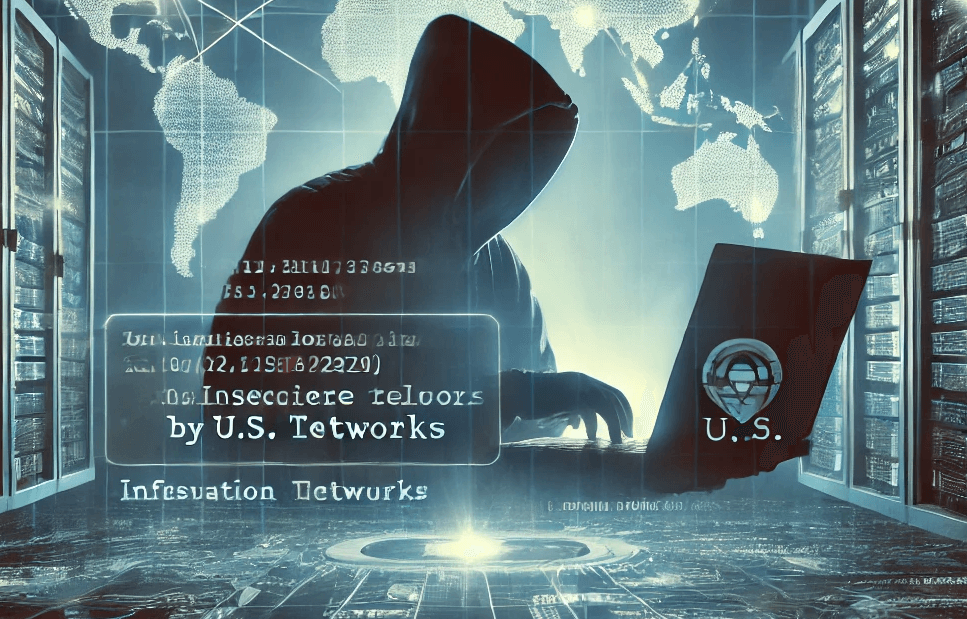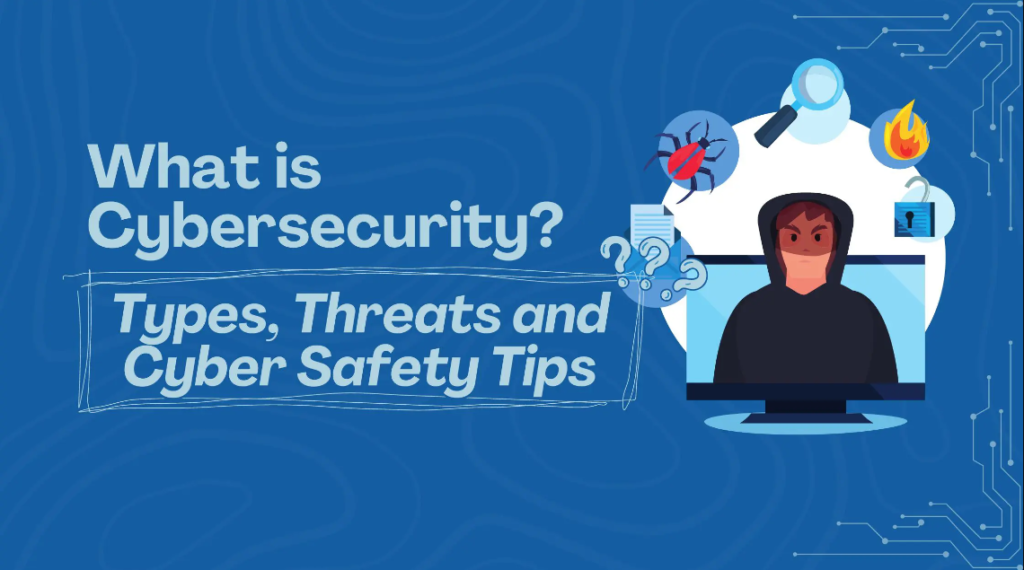In the present progressively digitalized world, individual and business information should be safeguarded by network protection. Due to the ongoing development of new methods by malicious actors to compromise data security, the frequency of cyberattacks has risen dramatically. To protect personal data and guarantee security online, it is crucial to comprehend and use the many forms of cybersecurity.
The definition of cybersecurity is the first step.
The profession of preventing malicious intrusions into systems, networks, and data is known as cybersecurity.
Its main goal is to maintain the safety of private data. Cybersecurity precautions are intended to stop unwanted access, data breaches, and possible financial losses on any type of device, including personal computers, business networks, and cloud storage.
Cybercrime prevention is harder as cyber threats change. Cybersecurity is the umbrella term for policies, procedures, and tools that provide barriers against unwanted access, malicious intent, and physical harm to digital assets.
Types of Cybersecurity
There are several types of cybersecurity tailored to protect various aspects of technology infrastructure. Through comprehension and implementation of these kinds, people and institutions can establish a more secure digital space.
Network security: By thwarting threats, illegal access, and attacks, this kind of cybersecurity shields internal networks.
Examples of security measures that keep an eye on and safeguard network traffic include firewalls, detection and prevention systems, and private online networks, or VPNs. To keep programmers from getting delicate information, it is important to shield the organization.
Protection of information: By restricting access to those who are permitted, this field of study is concerned with maintaining the integrity and security of data. Access controls, data masking, and encryption are information security techniques. Ensuring the secure movement or storage of private data and limiting access to only authorized parties are the goals of information security.
Application security: Preventing vulnerabilities that hackers could take advantage of is essential. Writing safe code, updating applications often, and carrying out security testing are all part of application security. By guaranteeing that applications are developed with security in mind from the start, as opposed to after deployment, this method lowers risks.
Cloud Security: As cloud computing becomes more and more common, cloud security has grown in significance. This kind of security guards against breaches, hacks, and leaks of data kept and controlled in the cloud. Encryption and identity management play a large role in cloud security, ensuring cybercrime prevention even in virtual environments.
Operational Security: This type of security includes protocols for handling and protecting sensitive data. Operational security strategies cover user permissions, encryption techniques, and risk assessments. In order to thwart insider threats and unauthorized access, operational security is an ongoing process of reviewing and upgrading security procedures.

Cyber Safety Tips for Better Online Security
Following basic cyber safety tips can help secure data and reduce vulnerability to attacks. These pointers are crucial for internet safety, whether used for work or personal purposes.
Employ Robust Passwords: The main line of security against cyberattacks is passwords. Use a combination of characters, symbols, and numbers instead of repeating sentences. Using separate passwords for each user account and updating credentials frequently are two components of a robust password policy.
Activate 2FA (two-factor authentication): which substitutes a code texted to your phone for your username and password and requires confirmation from a second source. This enhances security on top of it. Even in the unlikely scenario of a password compromise, using two separate authentication methods to encrypt a password aids in preventing unwanted access.
Update software frequently: Updates for software frequently come with security patches to address bugs. Regularly updated your machine’s operating system, antivirus software, and other apps to plug any security holes that hackers might discover.
To prevent falling for phishing attempts, take care while opening documents attachment or clicking on URLs from emails you are not acquainted with. Check the sender’s email address and look for unusual messages.
Secure Your Wirelessly Connection: Use a strong password and WPA3 security software to prevent unauthorized access to your wireless network. It is very important to secure Wi-Fi in homes and offices with a large number of internet-connected devices.

The Most Effective Ways to Stop Cybercrime
Using the most recent cybersecurity methods is essential to stop fraudsters. By implementing these procedures, both individuals and groups can lessen their vulnerability to hackers and preserve control over their data.
Continuous Data Backups: Preventing cybercrime requires constant information backups. Maintaining frequent backups guarantees that data may be promptly restored in the event of an attack, avoiding compliance with requests for ransom. For preventing losing information due to ransomware, this is especially beneficial.
Set up a computer security program: Virus software finds, isolates, and gets rid of malware. Antivirus software helps prevent malware infestations and protect against various cyberthreats by installing and staying updated.
Restrict Access to Highly Sensitive Information: Inside assaults are less prevalent when sensitive data is only accessible by those who require it. Companies must have robust authentication procedures to stop unauthorized individuals from accessing sensitive data.
Notify loved ones and coworkers: When individuals become aware of security risks, the likelihood of cyberattacks decreases significantly. Employees and family members may remain cautious against risks like ransomware, spyware, and phishing by receiving regular cybersecurity basics training.
Check Your Accounts Frequently: Monitoring bank and social media accounts on a regular basis can assist in identifying any strange activity. This is an effective cyber safety tip for both personal data and data security at work.
By putting these cyber guidelines into effect, you can bolster your defenses and increase online security.
FAQs
While it guarantees confidentiality of information and shields private and corporate data from intrusions, cybersecurity is crucial.
Among the frequently prevalent cyberattacks include ransomware, which includes email phishing, distributed denial assaults, spyware, and threats directed towards employees.
Increasing home cybersecurity requires using strong passwords, enabling 2FA, securing wireless networks, and staying away from dubious emails.
Software updates contribute to the prevention of cybercrime by preserving data security and averting possible breaches.
Because antivirus software finds, locates, and eliminates malware, it is crucial for protecting computers from internet dangers.
